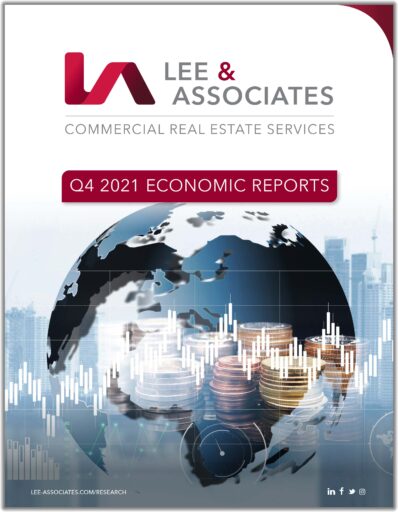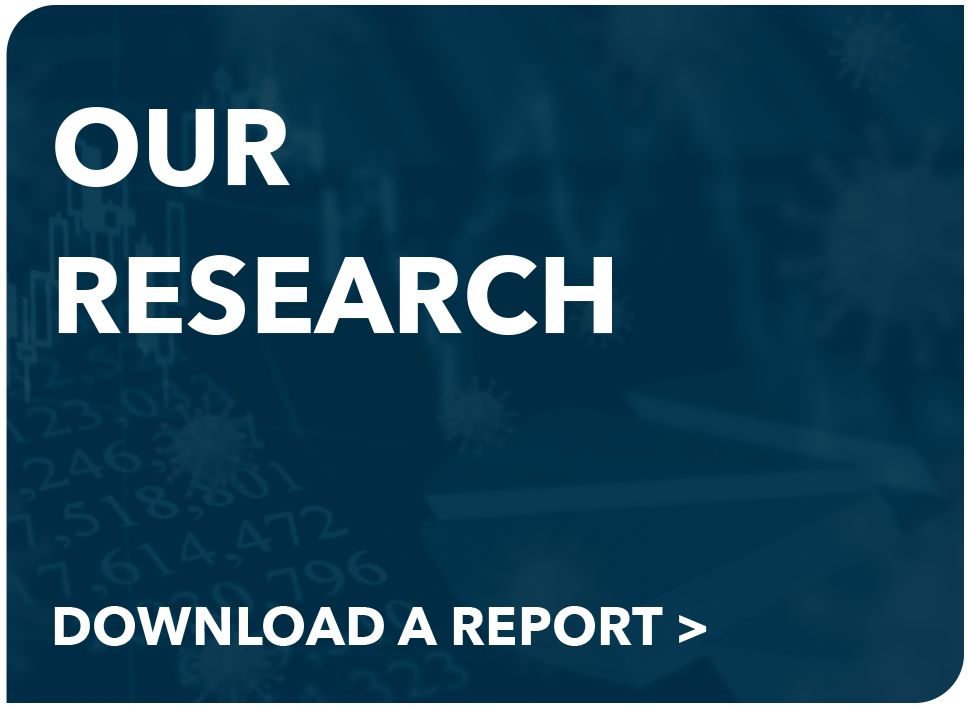GDP GROWTH:
The nation’s gross domestic product grew by 5.7% in 2021, the fastest rate since 1984. The Commerce Department also reported in its advance estimate released in late January that growth accelerated in the fourth quarter at an annualized rate of 6.9%, following a 2.3% reading for the third quarter.
The increase reflected gains in private inventory investment, exports, personal consumption expenditures, and nonresidential fixed investment that were partly offset by declines in federal, state, and local government spending. There was an increase in imports, which reduces the net GDP calculation.
Analysts expect a slowing in the first quarter due to high inflation and workers being kept home due to the highly contagious omicron variant of the COVID-19 virus.
Orders for durable goods fell 0.9% in December, which was more than expected, hitting their lowest point since April 2020 and reflecting a year-end slowing as infections skyrocketed.
The increase in private inventory investment was led by retail and wholesale trade industries. Within retail, inventory investment by motor vehicle dealers was the leading contributor. READ MORE >
EMPLOYMENT:
The US unemployment rate fell in December to a healthy 3.9%, a pandemic low. Meanwhile, employers added a modest 199,000 jobs, evidence that companies are struggling to fill positions as many Americans are reluctant to return to the workforce. The drop in the jobless rate, from 4.2% in November, indicated that many more people found work in the closing weeks of 2021. Despite the slight hiring gain reported by businesses, 651,000 more workers said they had jobs in December compared with November.
Nevertheless, data from the Labor Department reflected the state of the job market in early December — before the spike in COVID-19 infections began to disrupt the economy. Economists cautioned that job growth may slow in January and possibly February because of omicron cases, which have forced millions of newly infected workers to quarantine. The economy is still about 3.6 million jobs short of its pre-pandemic level.
Steady hiring is being driven by strong consumer demand that has remained resilient despite chronic supply shortages. Consumer spending and business equipment purchases are likely propelling the economy to a robust annual growth rate of roughly 7% in the final three months of 2021. Americans’ confidence in the economy rose slightly in December, according to the Conference Board, suggesting that spending was probably healthy for much of last month. READ MORE >
MONETARY POLICY:
The year ended with the broad expectation that the Federal Reserve would hold to its plan to end the era of ultra-easy money. The central bank already has significantly scaled back its asset purchase program, which was put in place at the pandemic’s outset.
Consistent with previous statements regarding its intention to tighten the money supply, Federal Reserve Chairman Jerome Powell announced following the Federal Open Market Committee in late January that three interest rate hikes are planned for 2022.
“The committee is of a mind to raise the federal funds rate at the March meeting,” Powell said following the Federal Open Market Committee. He added that the economy “no longer needs sustained monetary policy support.” Additionally, Powell said that the Fed would purchase its final round of assets in March.
Soon after the pandemic hit, the Federal Reserve acted aggressively to ensure liquidity in the financial markets by cutting rates to near zero and through the purchase of securities at the rate of $120 billion a month. Officials pledged to leave rates unchanged until inflation exceeded 2% and until the labor market returned to levels consistent with maximum employment. READ MORE >
GLOBAL ECONOMY:
Following a strong rebound in 2021, the global economy is entering a pronounced slowdown amid fresh threats from COVID-19 variants and rising inflation, debt and income inequality that could endanger the recovery in emerging and developing economies, the World Bank said.
In the World Bank’s latest Global Economic Prospects report, the lender for capital projects in low- and middle-income countries said global growth is expected to decelerate markedly from 5.5% in 2021 to 4.1% 2022 and 3.2% in 2023 as pent-up demand dissipates and as fiscal and monetary support is unwound across the world.
The rapid spread of the omicron variant indicates the pandemic likely will continue to disrupt economic activity in the near term. In addition, a notable deceleration in major economies—including the United States and China—will weigh on external demand in emerging and developing economies, the report said. This comes at a time when governments in many developing economies lack the capabilities to respond to new COVID-19 outbreaks, persistent supply-chain bottlenecks and inflationary pressures. Such elevated financial vulnerabilities in large swaths of the world could increase the risk of a hard landing. READ MORE >




